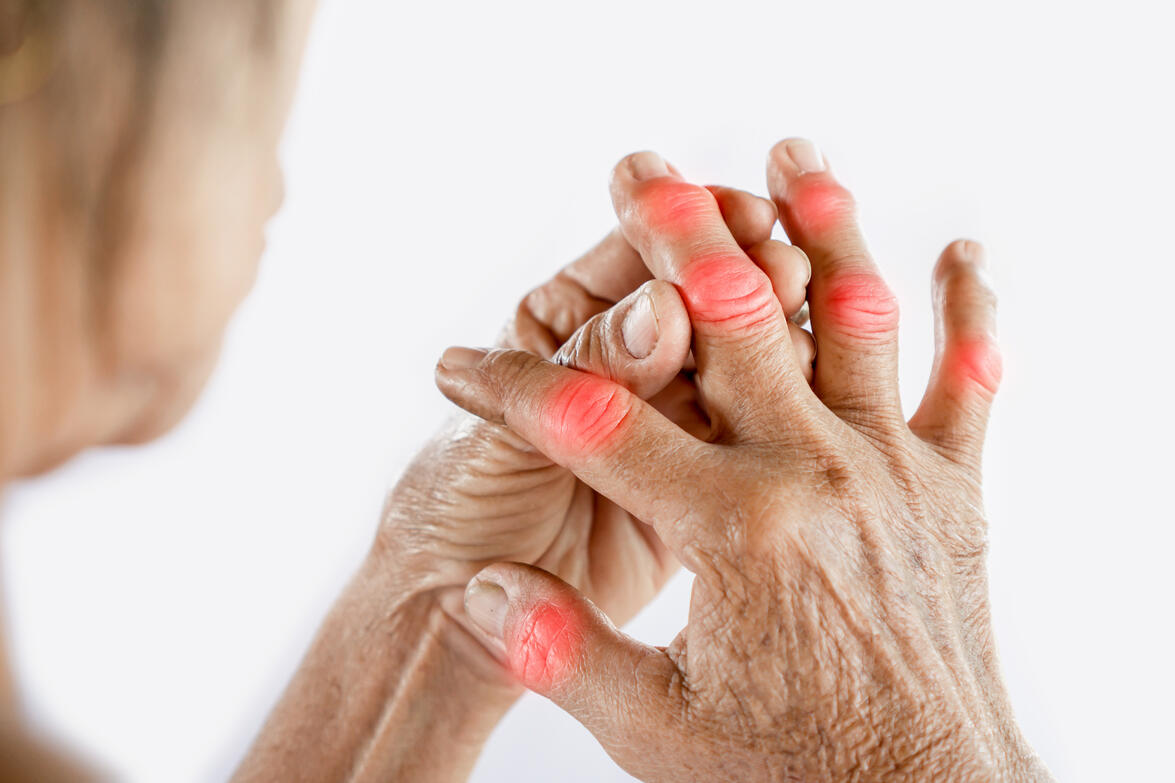Arthritis is one of the most common diseases to affect people, and it is the leading cause of disability in the United States. According to Healthline, 29.1 million people in the United States have diabetes.
WHAT IS DIABETES?
Diabetes is a disease that occurs when your blood glucose, also called blood sugar, is too high. Blood glucose is your main source of energy and comes from the food you eat.
Insulin, a hormone made by the pancreas, helps glucose from food get into your cells to be used for energy. Sometimes your body does not make enough or any insulin. Glucose then stays in your blood and does not reach your cells.
Unfortunately, diabetes has no cure; however, you can take steps to manage your diabetes and stay healthy.
WHAT ARE THE DIFFERENT TYPES OF DIABETES?
The most common types of diabetes are type 1, type 2 and gestational diabetes.
Type 1
Type 1 diabetes is a chronic condition in which the pancreas produces little or no insulin. Your immune system attacks and destroys the cells in your pancreas that make insulin. Type 1 diabetes is usually diagnosed in children and younger adults, although it can appear at any age. People with type 1 diabetes need to take insulin every day.
Type 2
Type 2 diabetes is a chronic condition that affects the way the body produces glucose (blood sugar). You can develop type 2 diabetes at any age. However, this type of diabetes occurs most often in middle-aged and older people. Type 2 is the most common type of diabetes.
Gestational diabetes
Gestational diabetes develops in some women when they are pregnant. This type of diabetes goes away after the baby is born. However, if you have had gestational diabetes, you have a greater chance of developing type 2 diabetes later in life. Sometimes, diabetes diagnosed during pregnancy is actually type 2 diabetes.
Other types of diabetes
Less common types of diabetes include monogenic diabetes, which is an inherited form of diabetes. The other form is cystic fibrosis-related diabetes (CFRD), which is a type of diabetes that is common in people with cystic fibrosis. With early diagnosis and proper treatment, CFRD can be managed successfully.
WHAT ARE THE SYMPTOMS OF DIABETES?
Symptoms of diabetes include:
- Increased thirst and urination
- Increased hunger
- Fatigue
- Blurred Vision
- Numbness and tingling in the feet and hands
- Unexplained weight loss
Symptoms of type 1 diabetes can start quickly, in a matter of weeks. Symptoms of type 2 diabetes often develop slowly, over several years, and can be so mild that you might not notice them.
WHAT IS ARTHRITIS?
Arthritis is the inflammation of one or more joints that can cause pain and stiffness in the joints, which can worsen as a person gets older. Individuals of all ages, sex and races can get arthritis, even children.
Arthritis can affect many parts of the body including the ankles, back, elbows, hips, knee, shoulder and hands. Some types of arthritis can also affect the heart, eyes, lungs, joints and skin. There are more than 100 different types of arthritis, more formally known as joint pain or joint arthritis.

Read our blog on arthritis to learn more about the symptoms, treatments and prevention.
CAN DIABETES CAUSE ARTHRITIS?
Diabetes is associated with widespread symptoms and complications. According to the Center for Disease Control and Prevention, 47 percent of people with arthritis also have diabetes. Diabetes causes inflammation in the body, which affects the joints as well.
Certain forms of arthritis may be more common in people with certain types of diabetes. People with type 2 diabetes have a higher risk of developing osteoarthritis, which is caused by damage to the cartilage in the joints and gout, which is caused by a buildup of uric acid.
Obesity can increase the risk of developing type 2 diabetes as well as other forms of arthritis. People with type 2 diabetes have significantly higher risks of also having rheumatoid arthritis, a chronic inflammatory disorder affecting many joints, including those in the hands and feet.
WHAT IS CHARCOT’S JOINT?
Charcot’s joint, also called neuropathic arthropathy, occurs when diabetic nerve damage causes a joint to break down. This condition is seen in the feet and ankles in people with diabetes.
Nerve damage in the feet is common in diabetes, which can lead to Charcot’s joint. The pressure placed on joints can cause them to wear down. Severe damage leads to deformities in the foot and other affected joints. Bone deformities in Charcot’s joint may be prevented through early intervention.
Signs of the condition include:
- Painful joints
- Swelling or redness
- Changes in appearance of feet
- Numbness
JOINT PAIN WITH DIABETES
Diabetes does not cause arthritis, but if you have diabetes, you are more likely to develop arthritis. The ends of the bones are padded with cartilage, a gel made from collagen, protein and water. Cartilage allows bones to move on each other without being damaged. Joint cartilage can be damaged by injuries or by wear and tear with hard use. Having diabetes can potentially speed up the damage to joint surfaces. Extra glucose can sometimes stick to joint surfaces, which limits their movement.
This interferes with movement and leads to wear and tear injury. High glucose levels can thicken and degrade the collagen, which is a problem because tendons and ligaments are made from collagen.
Reduced flexibility of the joints can lead to stiffness, and you can have a greater risk for physical injury. People with joint damage may reduce their physical activity due to discomfort or pain. Reduced activity promotes heart disease and insulin resistance.
Here are ways to prevent and treat joint problems and to keep active:
- Stretching: Keeping muscles and tendons relaxed and aligned so they will move as needed.
- Aerobic exercises: Walking or swimming can improve knee and hip function. Water exercise classes are good for people with painful joints because the water carries some of the weight.
- Quit Smoking: Smoking causes stress on connective tissues, which will lead to joint pain.
- Rest joints: When your joints hurt, rest to allow them to heal properly.
Joint pain limits movement, keeping your body active and moving is key to managing diabetes.
MOUNTAINSTATE ORTHOPEDIC ASSOCIATES | DIABETES AND ARTHRITIS
At Mountainstate Orthopedic Associates, we encourage patients to address their joint pain early so if arthritis is developed, treatment can begin as soon as possible.
Our goal is to return patients to an active lifestyle by preserving the joint to ensure pain relief and return of function.
Give us a call at 304-599-0720, or click below to schedule an appointment:
Contact us to schedule an appointment.

